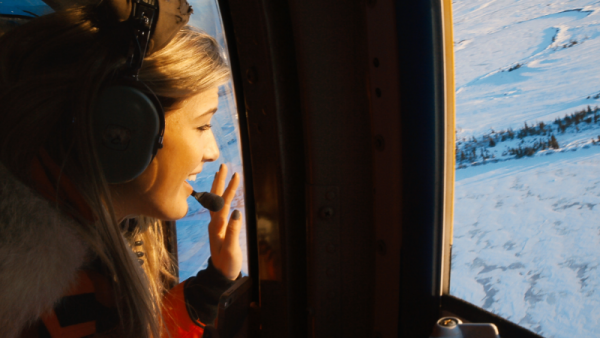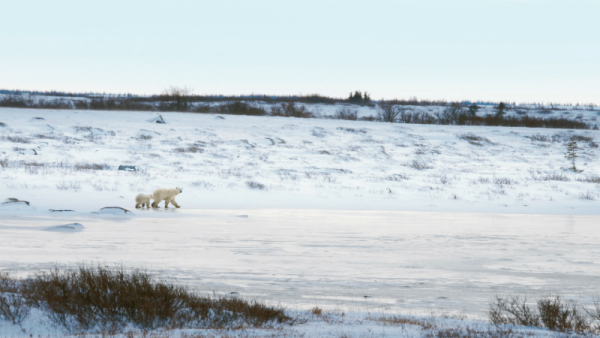What tennis star Genie Bouchard learned seeing polar bears in the wild
Written by Genie Bouchard, Canadian Tennis Pro
I had the amazing opportunity to travel to Churchill, Man. last year to see my first polar bears in the wild. Through my relationship with Coca-Cola Canada, I was invited to go with WWF-Canada to learn more about their conservation efforts in Northern Canada. I went from never having seen a polar bear in the wild to being thrilled at seeing more than 15 bears over the course of an hour. I had such an incredible experience and feel privileged to have had the opportunity to see and learn about these great bears.

I thought I would share a few interesting facts that I learned about the bears from Peter Ewins, species scientist at WWF-Canada:
1. They are truly a Canadian species. Two thirds of the world’s polar bears live in Canada.
2. They’re most comfortable in the water. Their Latin name means “sea bear” and they are truly a marine animal.

3. They’re binge eaters. Polar bears in Churchill build up fat stores in the winter and spring to last them through the ice-free summer, when melted sea ice prevents them from catching their primary prey: seals.
4. They’re hiding some surprising traits under their coats. They have translucent fur that appears white, but underneath their skin is black. They have a blue tongue and a third eyelid that protects them from snow blindness.

5.We have a big role to play in keeping populations healthy. Climate change is causing sea ice to melt earlier and return later – so bears have less time to hunt seals. This can result in thinner bears and reduced cub survival. It’s up to all of us to support actions to reduce greenhouse gas emissions and protect the future of this important species.

Thank you to WWF-Canada and Coca-Cola for an experience I will never forget. Canada’s Arctic is a very special place and I hope we can all do our small part to make a difference in ensuring that it remains that way for generations to come.
https://youtu.be/lGeONO3-q4U
